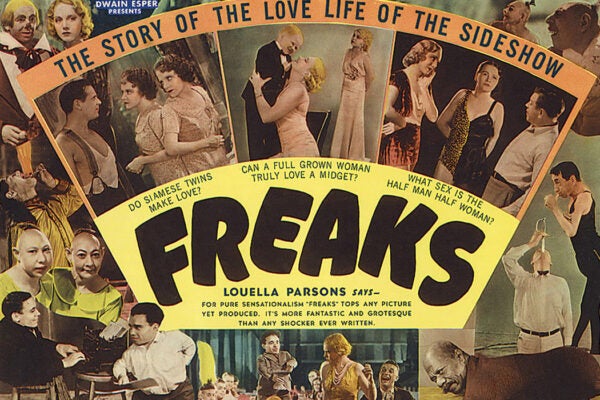According to the Guardian, Swedish composer Johan Röhr is “among Spotify’s top 100 most-streamed artists—above Michael Jackson, Metallica, and Mariah Carey.” Your next question is probably, “Who’s Johan Röhr?”
Röhr is the composer behind more than 2,700 songs on the streaming platform. Published under pseudonyms including Maya Åström and Csizmazia Etel and gathered in playlists with titles such as “peaceful piano” or “Chill Hits,” Röhr’s songs aren’t exactly the hummable earworms that we usually associate with popular music. In fact, tracks like his were part of a scandal in which Spotify was accused of putting “fake” music on its platform. As musicologist K. E. Goldschmitt explains, these so-called fake artists
had no internet presence apart from Spotify, with vague, abstract artist logos often featuring clouds or two contrasting colors. […] Apart from Spotify success, these artists appear to be ghosts who have created tailored tracks to fulfill a need within the platform’s mood-based lists and therefore rack up enviable listening ratings and revenue.
But what is fake music?
Goldschmitt points out that “the conditions that led to Spotify hiring musicians to produce cheap, tailored tracks was [sic] not unique.” Though the systems that bring this music to us are very different from, say, the tape deck, the idea of this very specific, mood-curated music isn’t new.
“Some scholars have claimed that these branded playlists amount to a new kind of Muzak or ‘mood music’,” she writes.
Muzak was founded in 1934 with the purpose of providing musical atmospheres in commercial settings. Think retail stores and offices. A 1959 ad for the company touted Muzak’s soothing sounds as doing “so much for so many types of businesses.” They claimed it “cuts down on errors, reduces day-dreaming, bickering, restlessness.”
And as Goldschmitt writes, the operating model behind Muzak wasn’t so different from that of Spotify, in that “the musicians who recorded for [Muzak], known for its ideologically questionable music, were very skilled and often recorded for Muzak alongside other forms of musical labor.”
Even so, those artists were often accused of selling out “in spite of the skill and artistry that went into their production.”
Music has been written and produced anonymously at other moments in history, when it was used mainly to fill silences. For example, “composer-less” library music or stock music—music recorded for silent films or, later, as background music for other productions—was in use as early as the nineteenth century. Later, it “became a common practice in the postwar era as a way to cut costs or circumvent striking musicians.”
This type of music has been written to support of everything from Monday Night Football to SpongeBob SquarePants. And once record collectors, DJs, and producers started getting into library music, samples found their way into songs by Jay-Z and Flying Lotus, something that wouldn’t have happened when it was first recorded. It was far too square, too commercial, to ever be part of the pop music canon.
The problem isn’t so much that the music doesn’t have appeal, it’s that it’s presented as something it’s not, Goldschmitt argues. For many critics, “Spotify’s silence about it skirts into the territory of deception and fraud, especially as regards user (or listener) expectations of what the service is.”
But that’s a discussion for critics. For listeners, it was less of an issue. Where critics hear mood music as something to push against, general listeners enjoy a different experience, explains author Liz Pelly.
“It turns out that playlists have spawned a new type of music listener,” Peller writes, “one who thinks less about the artist or album they are seeking out, and instead connects with emotions, moods and activities.”
Weekly Newsletter
In short, the “inviting atmosphere” that Muzak championed in 1959 is making a comeback, and these playlists “have seized on an audience of distracted, perhaps overworked, or anxious listeners.”
While there are still concerns about how musicians are paid via streaming services and how music is promoted, Goldschmitt writes that mood-based music signals “an overhaul and reconstitution of genres around a logic that foregrounds the user experience and preference toward mood rather than the musical hierarchies that some critics and musicians would prefer to uphold.”







